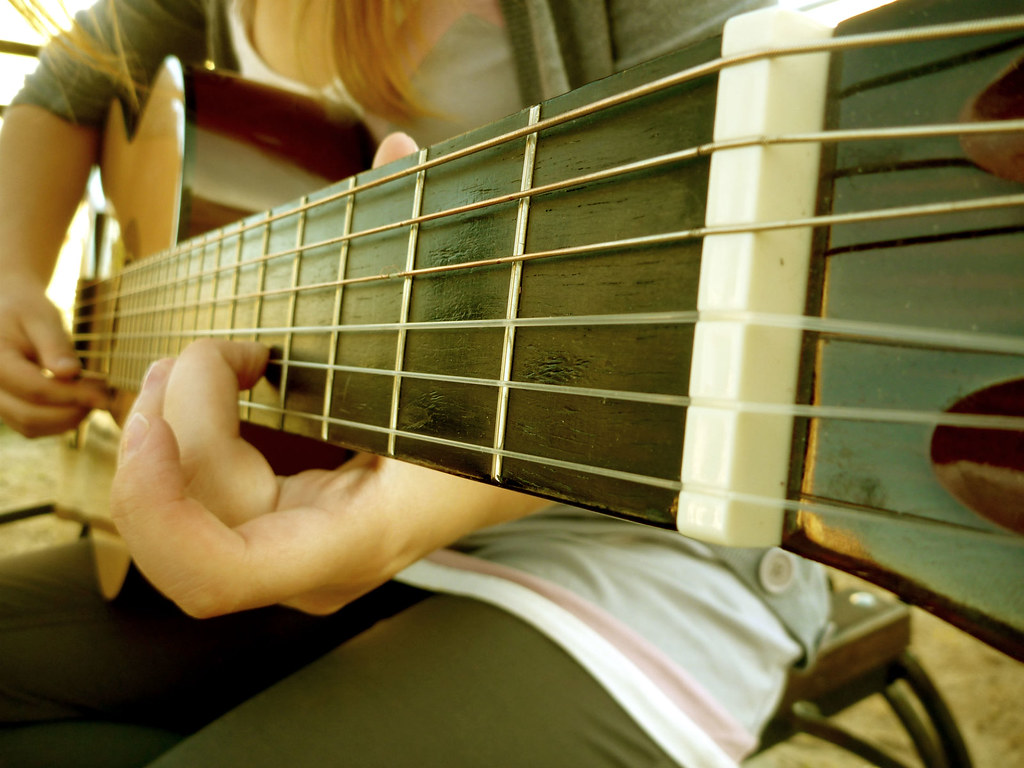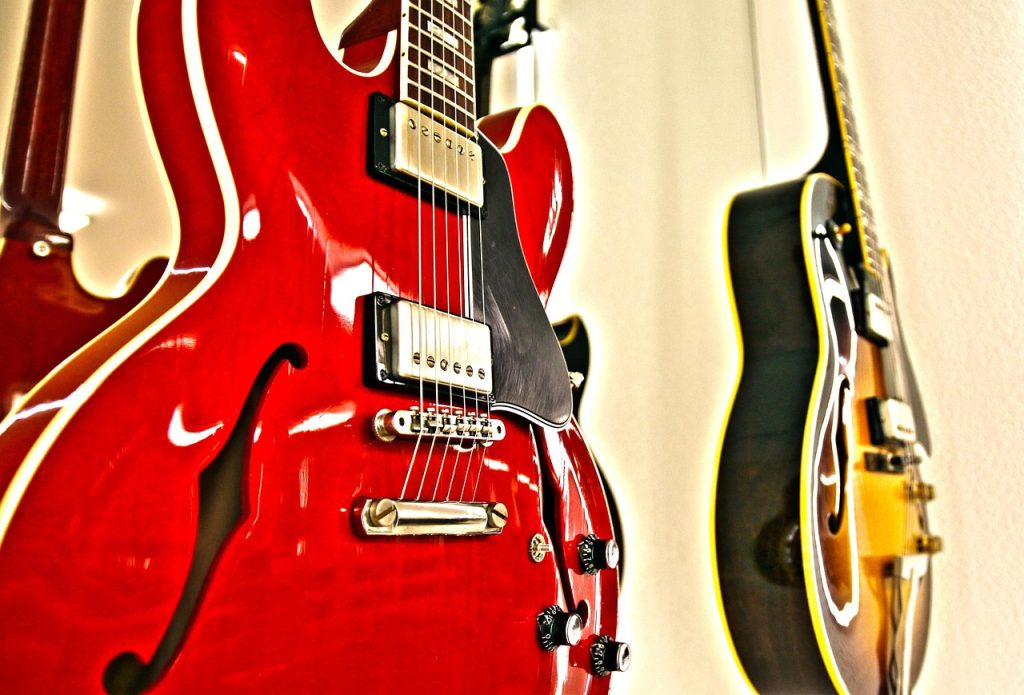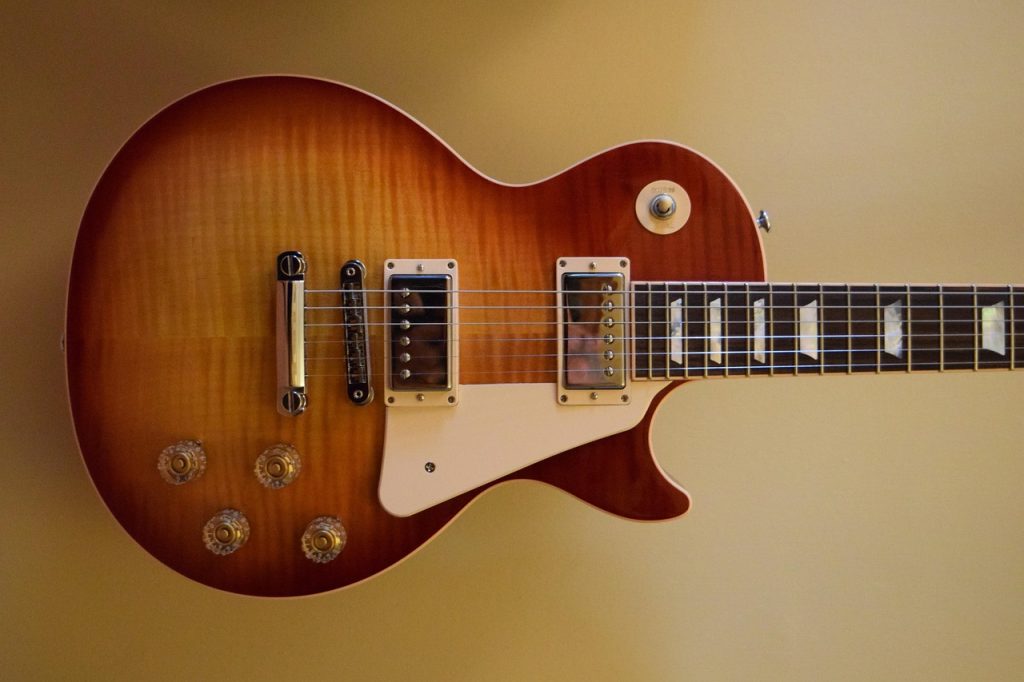Mastering the Fingerpicking Guitar Technique: Learn the Art of Expressive Playing in Queen’s Park
I believe every guitarist has a unique voice — and one of the most beautiful ways to express it is through fingerpicking.
It’s a timeless technique that transforms simple chords into shimmering melodies and rich harmonies, heard in songs by legends like The Beatles, Fleetwood Mac, and Tracy Chapman.
If you’re taking guitar lessons in Queen’s Park or just starting your musical journey, fingerpicking is a skill that will open up a world of creativity and confidence.
What Is Fingerpicking and Why Does It Matter?
Fingerpicking (also known as fingerstyle guitar) is a technique where you pluck the strings directly with your fingers instead of using a pick. This allows you to play melody, harmony, and rhythm simultaneously.
It’s the reason songs like “Blackbird”, “Landslide”, and “Fast Car” sound so intimate and full — the guitarist isn’t just strumming; they’re weaving melody and rhythm together in real time.
At our Queen’s Park guitar studio, we teach students how to use this technique to create expressive, balanced arrangements that sound professional — even when playing solo.
The Benefits of Learning Fingerpicking
Fingerpicking isn’t just a stylistic choice; it’s one of the most useful guitar techniques you can learn. Here’s why:
- You sound like a complete band. Your thumb plays bass while your fingers handle melody and harmony.
- It strengthens coordination. Each finger learns to move independently, improving control and timing.
- It builds tone and dynamics. You’ll learn how to create texture — from soft, delicate plucks to bright, ringing accents.
- It fits any style. Whether you love folk, pop, blues, or classical, fingerpicking adapts beautifully to your taste.
- It deepens creativity. You’ll begin thinking musically — layering parts and exploring new ways to express emotion.
How to Start Fingerpicking: Step by Step
Learning to fingerpick takes patience, but the results are incredibly rewarding. Here’s how we teach it at SoundSmiths London:
1. Set Up Your Hand Position
Sit comfortably with your wrist relaxed. Your thumb should hover slightly in front of your fingers — it controls the bass strings (E, A, and D).
Your index, middle, and ring fingers pluck the higher strings (G, B, and E).
At first, assign one finger per string. This helps build stability and confidence before you move on to more complex movements.
2. Start With a Simple Pattern
One of the most famous beginner patterns is the Travis picking pattern, heard in countless classics.
Try this on a C chord:
Thumb (A string) → Index (G string) → Thumb (D string) → Middle (B string)
Repeat slowly and evenly. You’ll quickly notice that this pattern forms the backbone of songs like “Dust in the Wind” and “Fire and Rain.”
3. Practise with Open Chords
Once the movement feels natural, start applying it to easy chord changes — C, G, Am, and D.
These shapes are perfect for building muscle memory and letting your fingers “find their flow.”
Fingerpicking Patterns Every Guitarist Should Know
At Guitar Lessons London, our tutors guide you through essential fingerpicking patterns used across genres. Here are three worth mastering:
1. The Alternating Bass Pattern
Common in blues and country styles. Your thumb alternates between two bass notes while your fingers add melody.
Example: play this on an E major chord —
Thumb (E) → Index (G) → Thumb (A) → Middle (B)
It’s the heartbeat of Mississippi John Hurt, Bob Dylan, and early Johnny Cash songs.
2. The Arpeggio Roll
Used in pop and rock ballads. Gently roll through the strings for a cascading sound.
Try this pattern on a G chord:
Thumb (E) → Index (G) → Middle (B) → Ring (E) → Middle (B) → Index (G)
You’ll recognise this texture in “Tears in Heaven” (Eric Clapton) and “Nothing Else Matters” (Metallica).
3. The Pinch Technique
Pluck a bass and treble string together for rhythmic drive.
Example:
Thumb (A) + Middle (B) together → Index (G)
This adds bounce and emphasis — perfect for folk, pop, and blues.
Overcoming Common Fingerpicking Challenges
Every guitarist faces a few hurdles early on. Here’s what our tutors see most often — and how we help you fix them:
- Uneven timing: Practise slowly with a metronome. The thumb should stay steady like a heartbeat.
- Tension in the wrist: Keep your hand relaxed. Tension reduces tone and causes fatigue.
- String confusion: Focus on one short section at a time before moving to full patterns.
- Weak sound: Experiment with finger angles and pressure until each note rings clearly.
Our one-to-one guitar lessons in Queen’s Park are tailored to your pace — we help you develop strong technique while keeping practice fun and musical.
Songs to Practise Fingerpicking
Here are a few great songs we often use in lessons to develop your technique and style:
🎵 “Blackbird” – The Beatles (melody and bass interplay)
🎵 “Landslide” – Fleetwood Mac (gentle arpeggios and open chords)
🎵 “Fast Car” – Tracy Chapman (consistent picking and smooth transitions)
🎵 “Hallelujah” – Leonard Cohen / Jeff Buckley (emotional phrasing and tone control)
🎵 “The Boxer” – Simon & Garfunkel (steady Travis picking rhythm)
Each song strengthens coordination and musical awareness — while sounding beautiful from the very first note.
Join a Guitar Lesson in Queen’s Park
Whether you’re an acoustic beginner or an electric guitarist looking to expand your sound, fingerpicking will give you a new level of depth and control.
Our Queen’s Park guitar teachers make learning fingerpicking fun, achievable, and inspiring. You’ll leave each session with clear progress and techniques you can apply immediately to your favourite songs.
🎸 Book your first guitar lesson in Queen’s Park today
Learn to fingerpick, perform, and create your own sound with friendly, expert tutors at Guitar Lessons London.
here we go
The fingerpicking guitar technique is a doorway to musical expression. It helps you combine rhythm, melody, and emotion — and it makes even simple songs sound rich and professional.
So whether you’re strumming in your living room or performing at a local open mic, fingerpicking will bring your music to life.
Take that first step today — and discover how just a few fingers can completely transform the way you play guitar.


